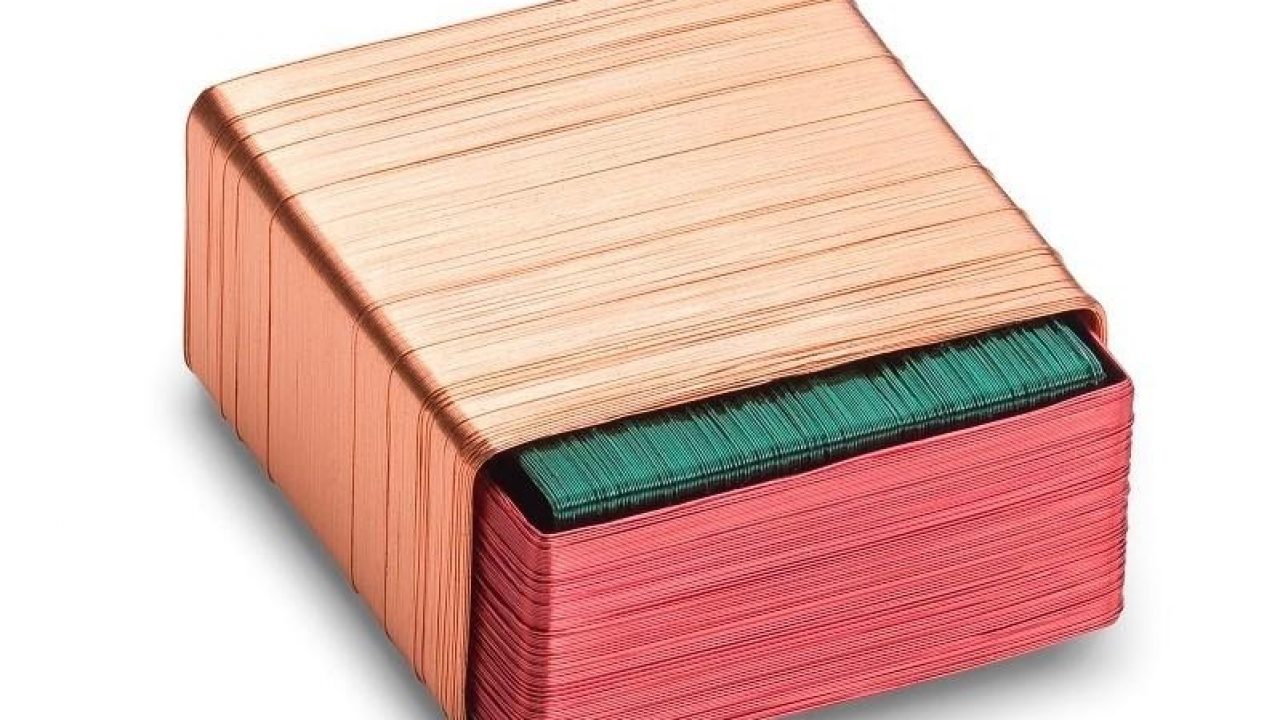Electromagnetic micro-coils are just like any other coils but have a microscopic size. The production of these micro-coils involves the winding of an electrical conductor, for instance, a copper wire. These coils can be of different shapes such as spiral, helix, or round coil.
What are Electromagnetic Micro-Coils?
On the basis of the application area, manufacturers design the dimension and shape of the micro-coils. The design of the shape and size of a coil actually depends on several parameters such as resistance, inductance, and the required magnetic field. Due to the tiny size of these electromagnetic coils, manufacturers require a microscope or magnifying glass in the production process.
Electromagnetic coils are essential components of several devices such as electromagnets, sensor coils, transformers, and inductors where the interaction occurs between the magnetic fields and electric currents. The basic science behind these coils is that either a magnetic field is generated through the passing of electric current across the wire, or an electric current is generated in the conductor through the passing of an external time-varying magnetic field across the interior of the coil.
Challenges to Manufacture the Micro-Coils:
The main challenge for the designers of invasive medical devices is to fit the micro-coils with the physical size of the devices. Therefore, the micro-coils need to be very small to overcome the size constraint. The micro-coils that are smaller in comparison to the cross-sectional area of a needle are mostly preferred in modern days.
Considering the demand for the miniaturized parts for several components such as transducers and sensors, manufacturers focus to prepare the micro-coils following state-of-the-art positioning systems and micro-motion control systems.
What Does It take to Manufacture Micro-Coils?
Manufacturing of the micro-coils requires the use of ultra-fine wires as the conductor. The diameter of the ultra-fine wire has to be smaller than eight microns or 0.0003 inches. As there are several drawbacks with the use of traditional methods and machinery, many modern manufacturers have developed custom methods and machinery. The manufacturing process of the micro-coils involves two crucial steps such as-
- i) The Connection of the Ultra-Fine Wires:
An essential part of the manufacturing process is to build the connection between two ultra-fine wires. As there are some problematic issues associated with the traditional soldering and welding methods, thermo-compression bonding technology is used in modern days to join two ultra-fine wires.
Using this technology, one can not only join two ultra-fine wires of similar diameter and material but also join two wires of dissimilar diameter and material. This method is useful to have strain-free, corrosion-free, and highly reliable joints. Therefore, when it is about the manufacturing of long-life products, for example, permanent medical implants, this method is the most effective method for the joining of ultra-fine wires.
- ii) Winding Process:
Winding of the ultra-fine wires around a core is the main part of the coil manufacturing process. In order to provide quality standards and tight tolerances for the micro-coils, manufacturers require custom machinery in the winding process. On the other hand, manufacturing companies should also have effective employees and machinery to handle the ultra-fine wires that have a diameter of fewer than 8 microns.
